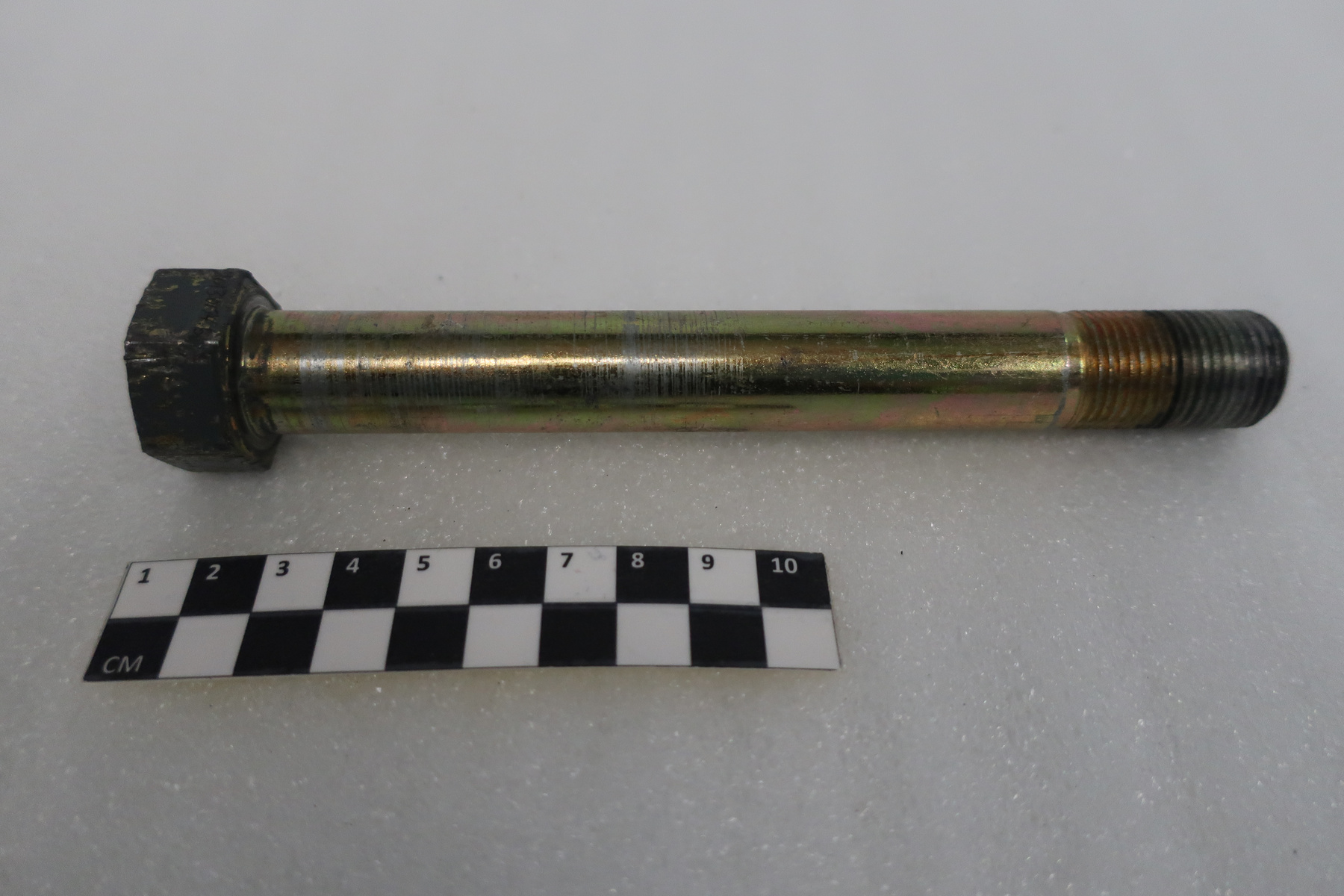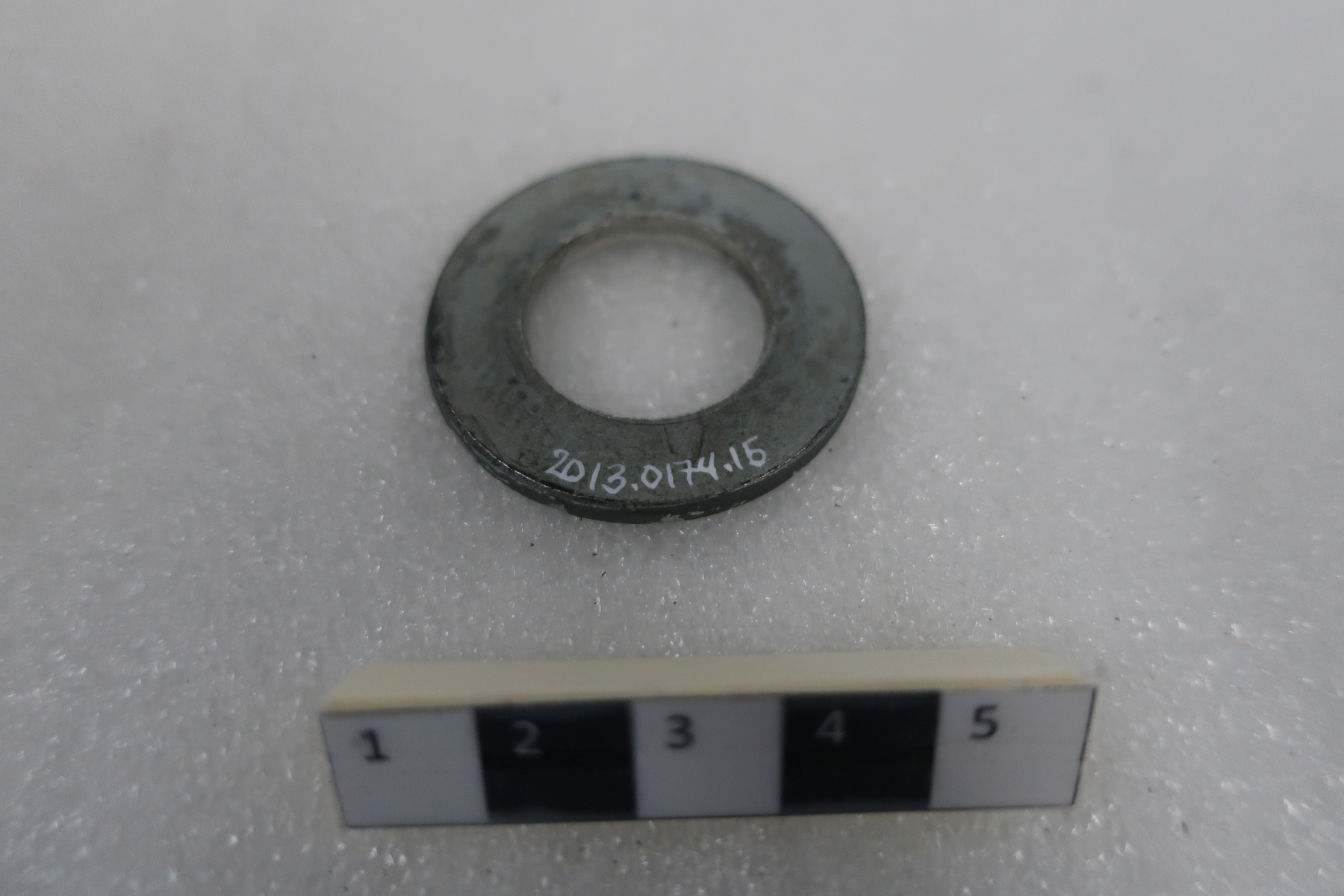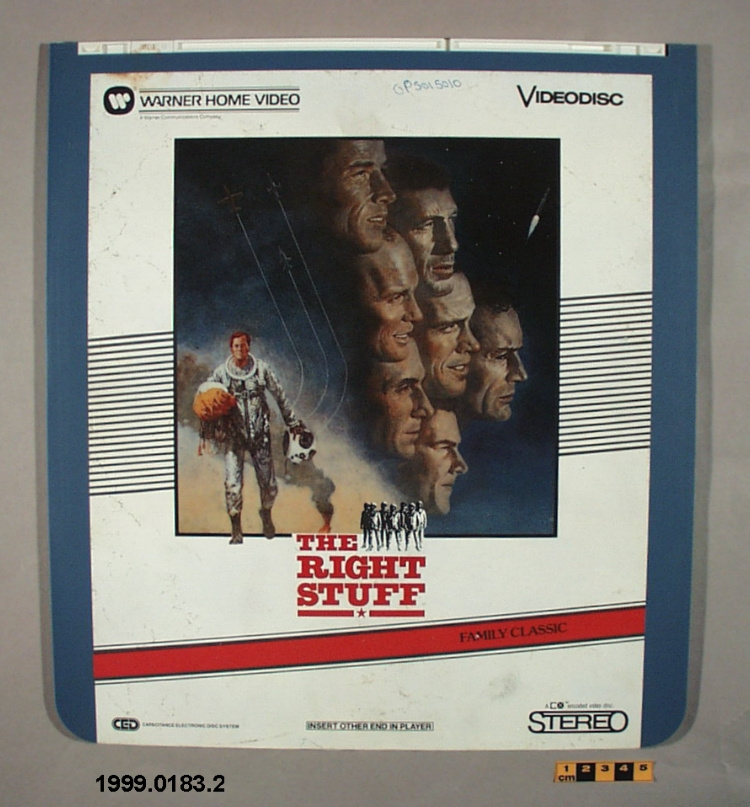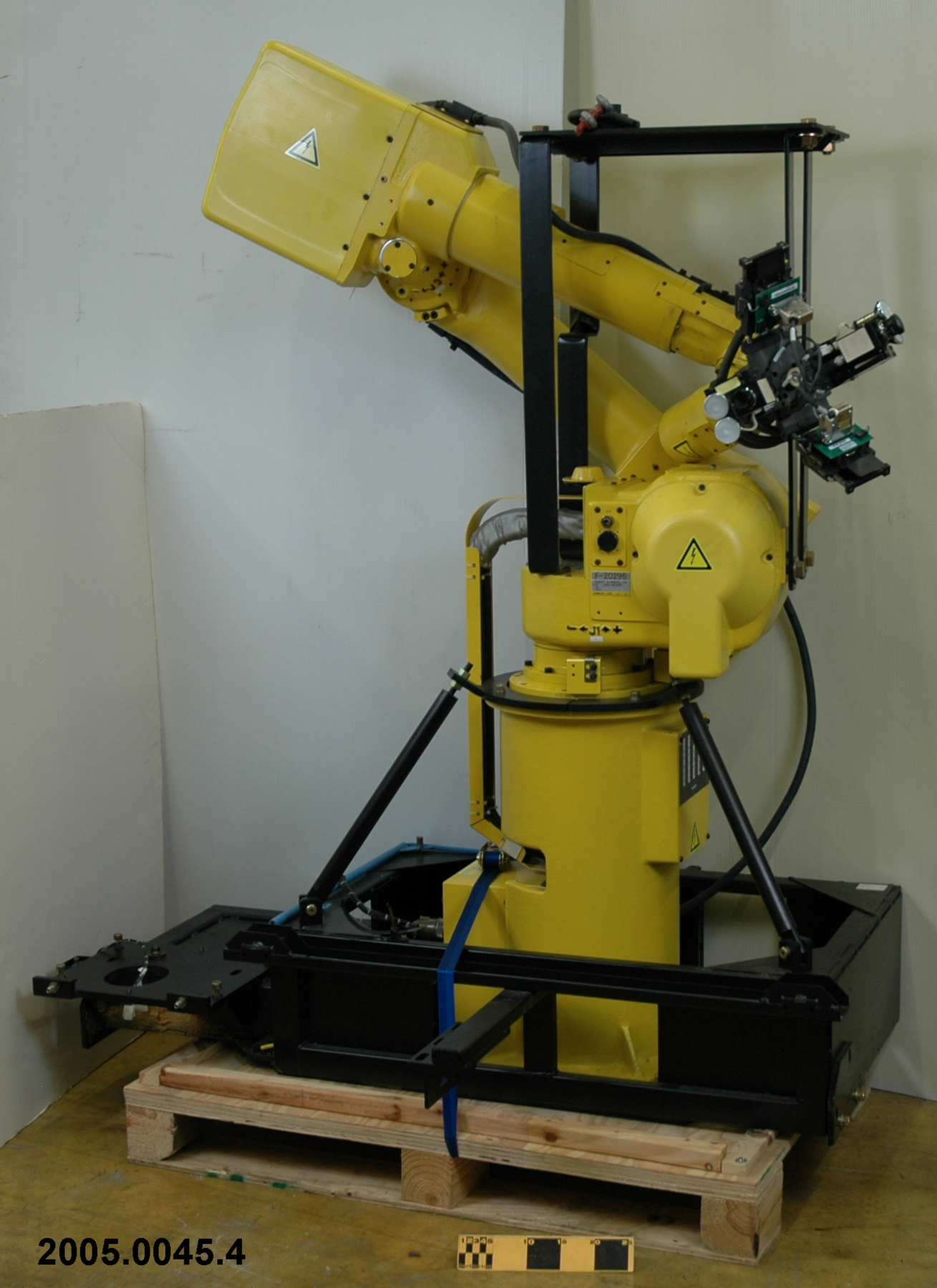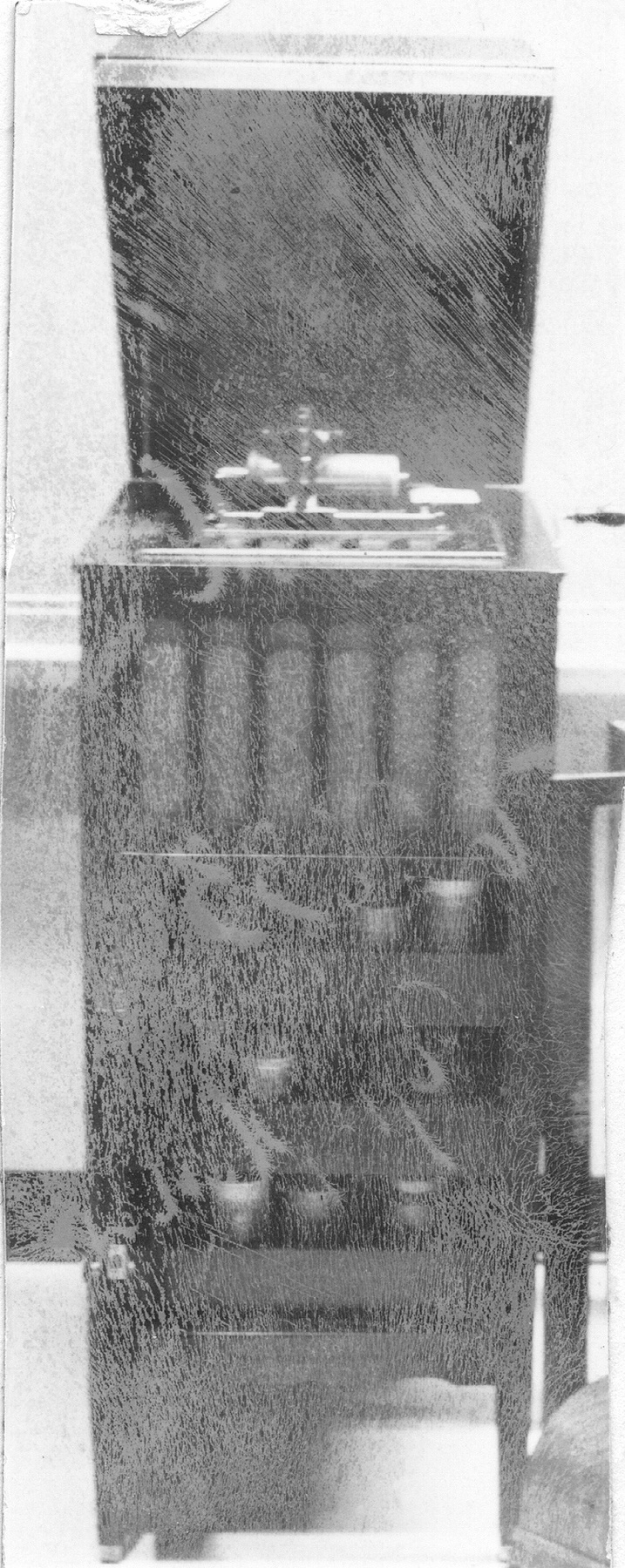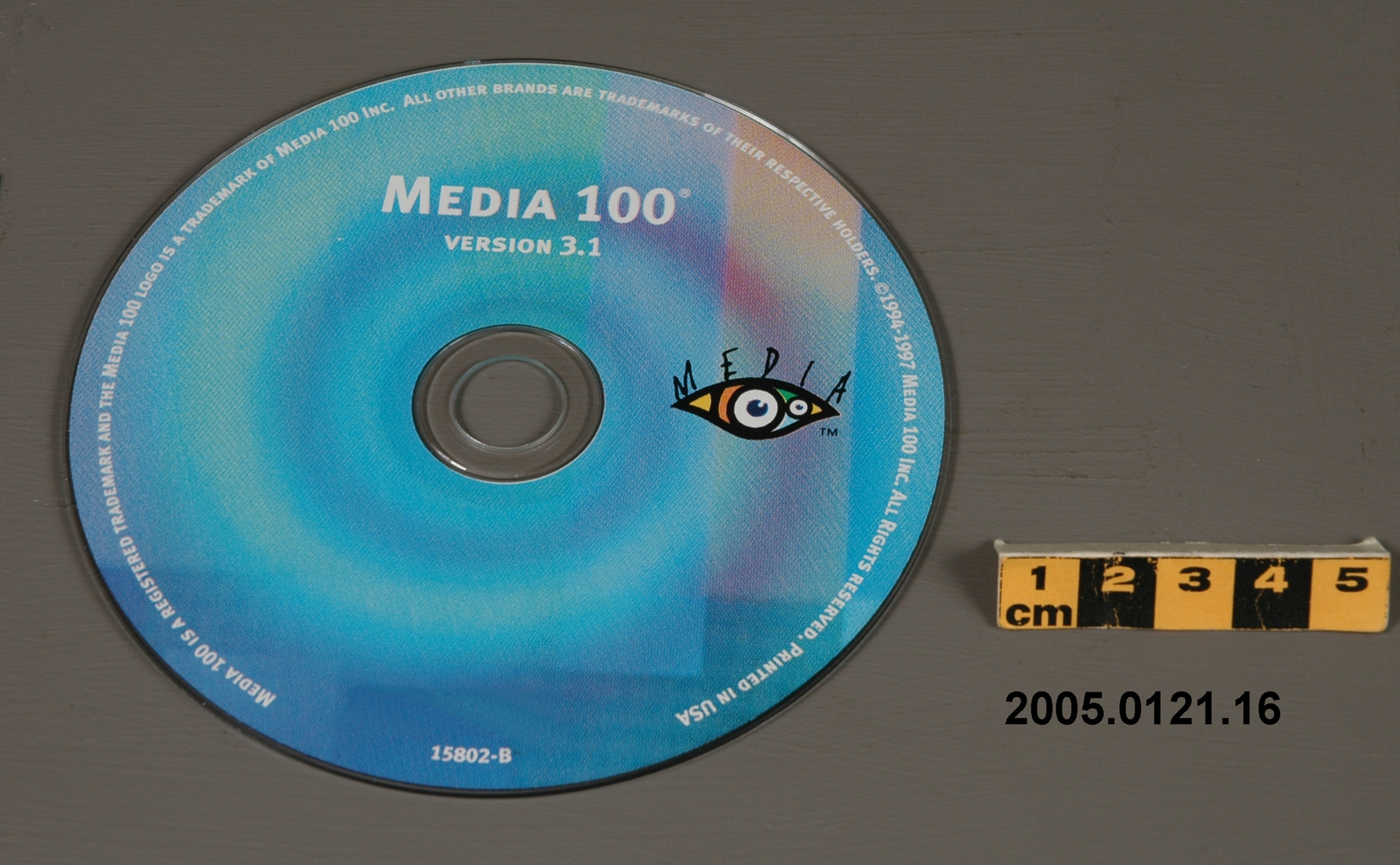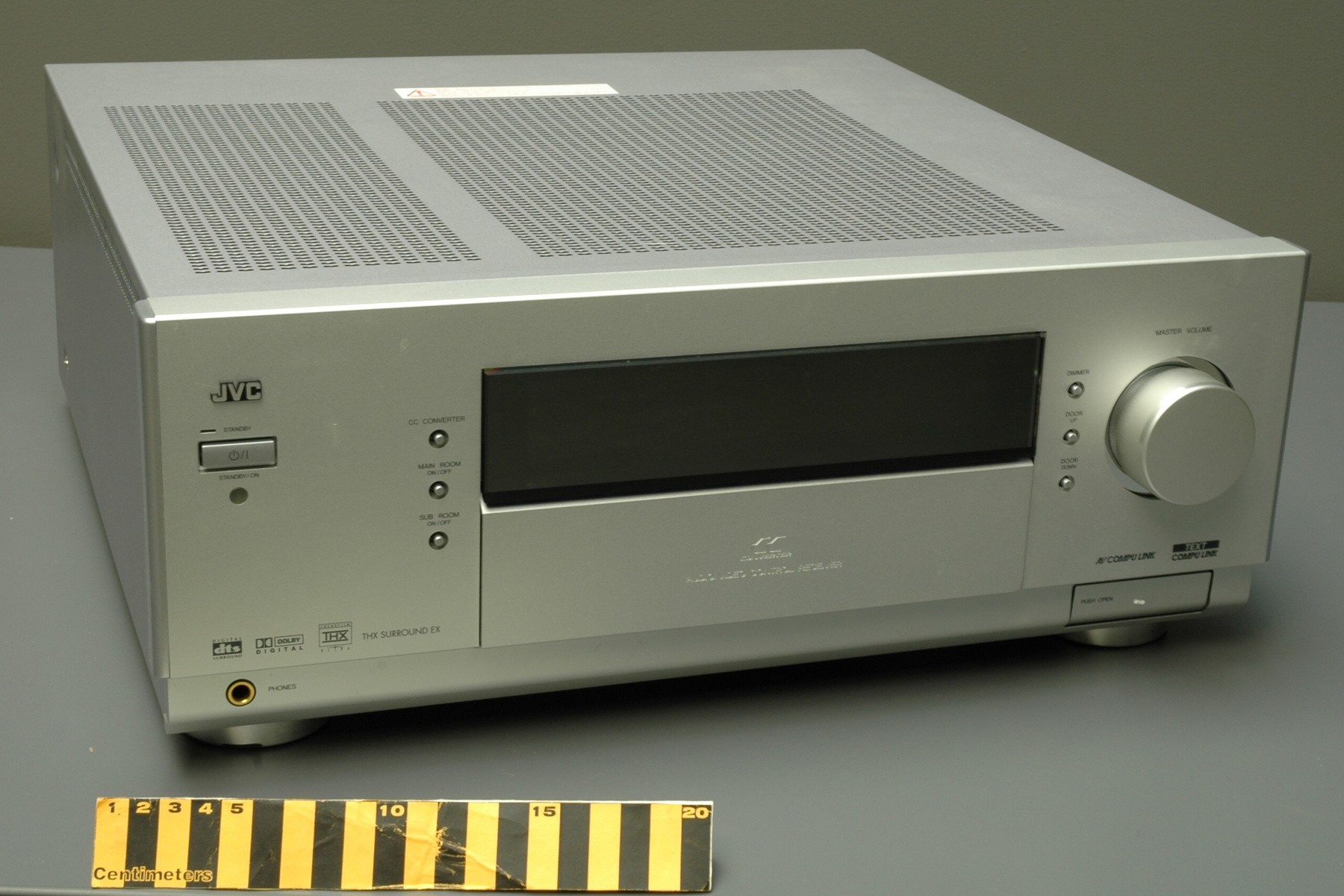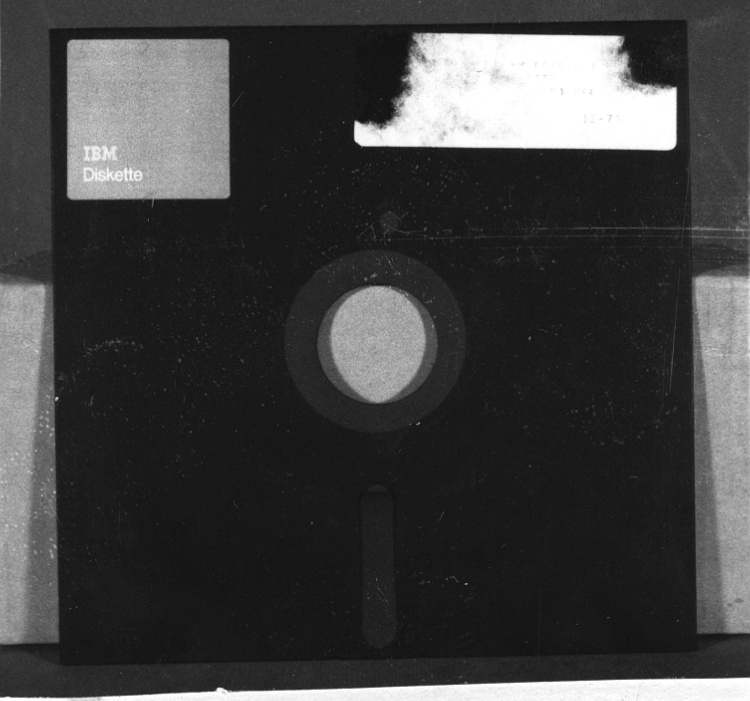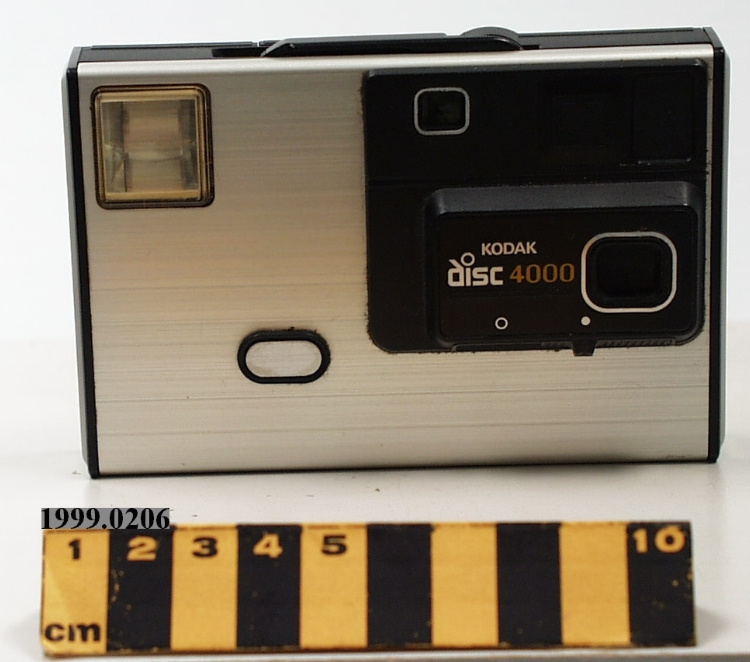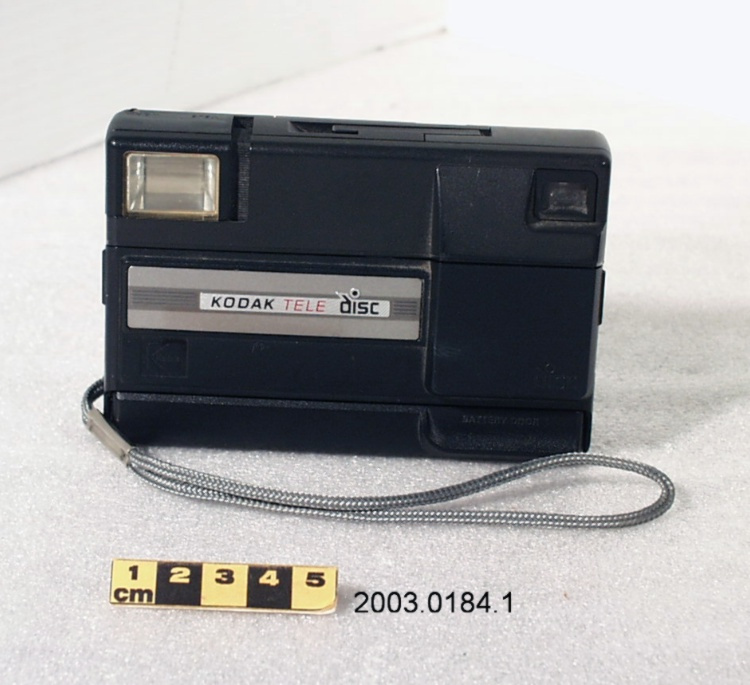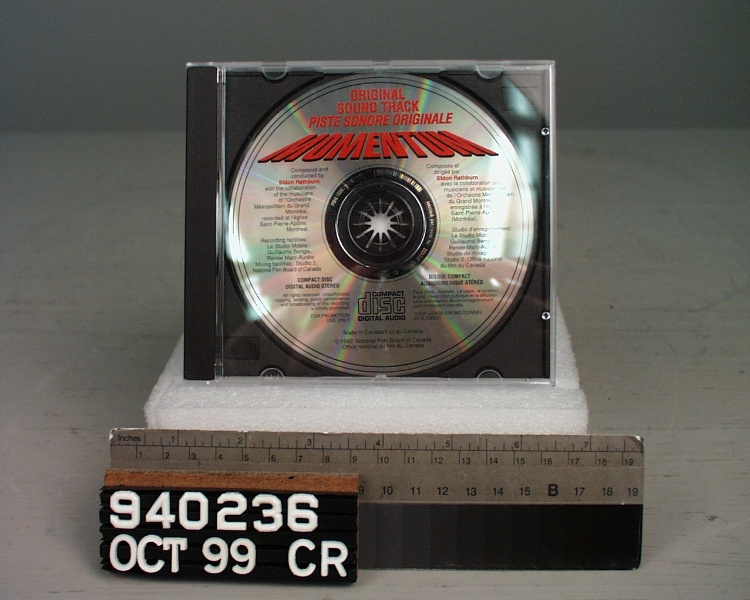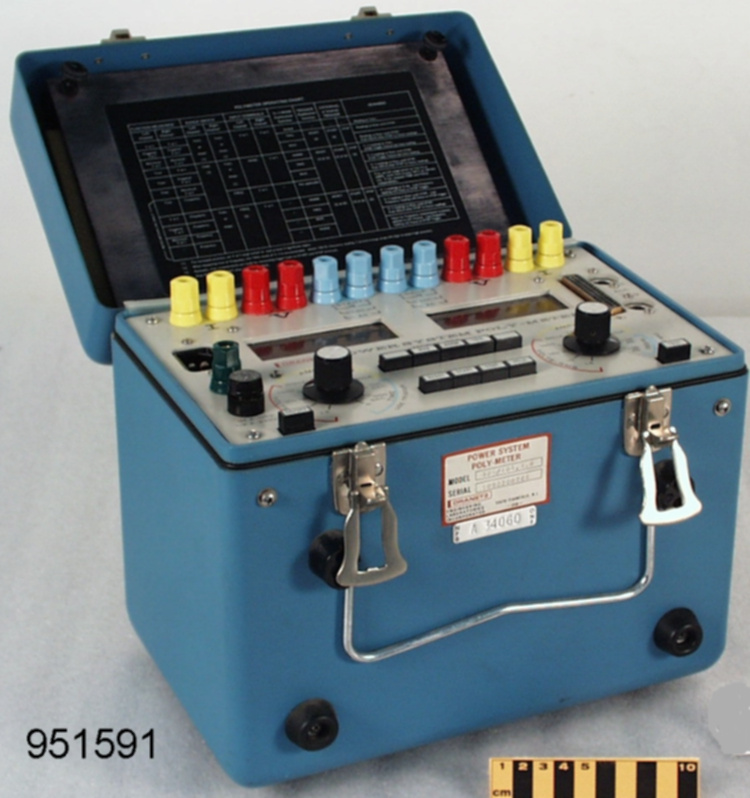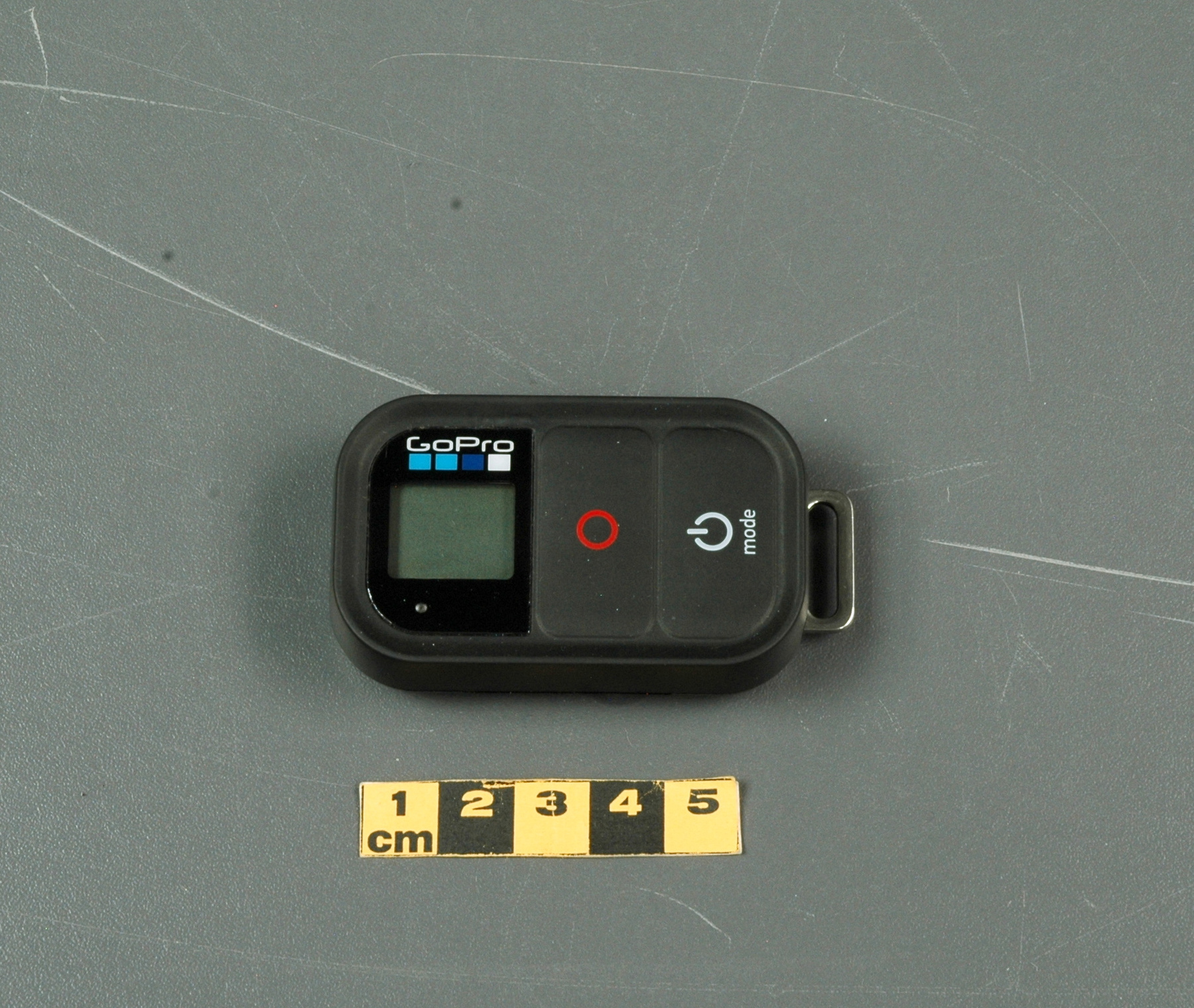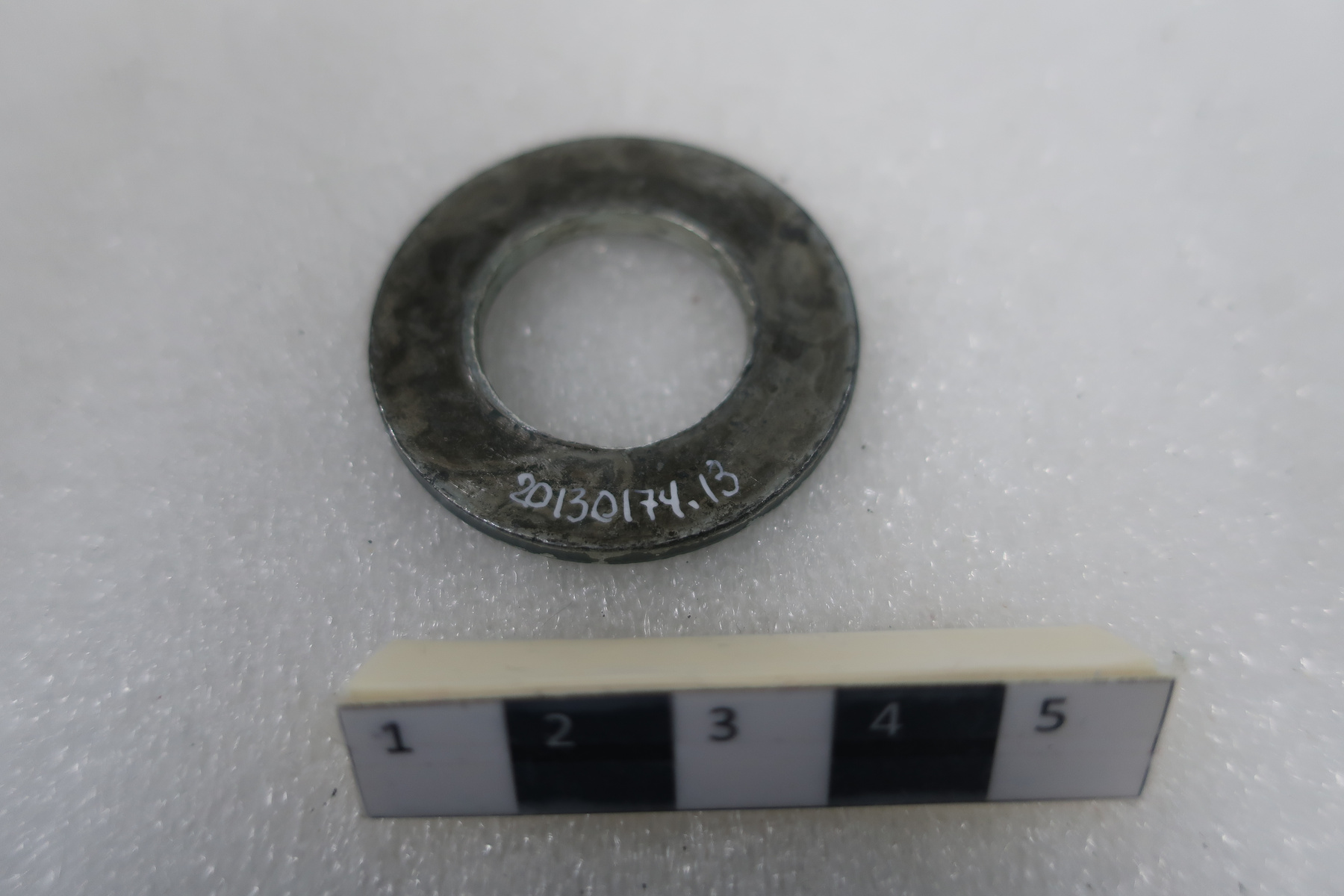Washer
Use this image
Can I reuse this image without permission? Yes
Object images on the Ingenium Collection’s portal have the following Creative Commons license:
Copyright Ingenium / CC BY-NC-ND (Attribution-NonCommercial 4.0 International (CC BY-NC 4.0)
ATTRIBUTE THIS IMAGE
Ingenium,
2013.0174.013
Permalink:
Ingenium is releasing this image under the Creative Commons licensing framework, and encourages downloading and reuse for non-commercial purposes. Please acknowledge Ingenium and cite the artifact number.
DOWNLOAD IMAGEPURCHASE THIS IMAGE
This image is free for non-commercial use.
For commercial use, please consult our Reproduction Fees and contact us to purchase the image.
- OBJECT TYPE
- N/A
- DATE
- 1993
- ARTIFACT NUMBER
- 2013.0174.013
- MANUFACTURER
- Unknown
- MODEL
- IRB 2000
- LOCATION
- Unknown
More Information
General Information
- Serial #
- N/A
- Part Number
- 13
- Total Parts
- 15
- AKA
- N/A
- Patents
- N/A
- General Description
- Metal
Dimensions
Note: These reflect the general size for storage and are not necessarily representative of the object's true dimensions.
- Length
- N/A
- Width
- N/A
- Height
- N/A
- Thickness
- N/A
- Weight
- N/A
- Diameter
- 3.8 cm
- Volume
- N/A
Lexicon
- Group
- Photography
- Category
- Cine images
- Sub-Category
- N/A
Manufacturer
- AKA
- Unknown
- Country
- Unknown
- State/Province
- Unknown
- City
- Unknown
Context
- Country
- Canada
- State/Province
- Quebec
- Period
- "Cinérobothèque" opened on rue Saint-Denis, Montreal, Quebec in 1993 and closed in September 2012.
- Canada
-
Taken from acquisition proposal: "The National Film Board is a federal agency established in 1941. Over the past seven decades it has produced thousands of films, mainly documentaries and educational productions. Many of these films have won international awards. The Cinérobothèque was conceived, designed and built during a period when the National Film Board was under sustained pressure to demonstrate its continued relevance within a film and media environment devoted to an industrial model of commercial production. Largely shut out of theatrical exhibition and, in English Canada, television, the NFB had long struggled to make its films accessible to Canadian audiences. In 1977-78 it began to sell video-cassettes, which by 1984-85 surpassed 16mm film sales. In 1984, the mandate of the NFB was revised to place greater emphasis on its core strengths: films for non-commercial audiences, training of film makers, and research and development. In the early 1990s the NFB opened two “cinemathèques” in Montreal and Toronto to showcase its films in Canada’s two largest cities and most important media centres. While the Toronto centre used conventional exhibition technologies, for Montreal the NFB chose LaserDiscs and an automated retrieval system based on robotics. Based on a prototype developed in-house at the NFB under Robert Forget, the robotic system was designed in partnership with the Centre de Recherche Industrielle du Québec (CRIQ). The robot’s end effector and disc storage system were designed by CRIQ while the data network and the software linking the user viewing stations to the robot controller were developed by the NFB. The robot itself was a standard industrial model. The Cinérobothèque was opened to the public on rue Saint-Denis in 1993. In addition to its 21 personal viewing stations providing video-on-demand, the facility provided a 150 seat theatre. As a high-technology storefront in the heart of Montreal’s east-end cultural district, the Cinérobothèque performed not only a practical, but a symbolic function: to demonstrate the National Film Board’s commitment to making films (through the impressive size of its film library), to making them accessible to Canadians, and to developing cutting edge technology to fulfill its mandate. The robot, in fact, was the star attraction in a sort of technological theatre: gathered before a glass wall, visitors to the Cinérobothèque could view the robot as it toiled away in its dust free, environmentally controlled room, dutifully extracting discs and feeding them into video players. Unfortunately both for practical and symbolic reasons, analogue LaserDisc technology was quickly rendered obsolete, first by DVDs, introduced in 1995, and then by digital file servers equipped with magnetic hard drives. The Cinérobothèque was updated with its own server, which allowed many films to be shown without recourse to the robot. In its final years, around 18,000 visitors made use of the Cinérobothèque’s viewing stations annually, with a further 100,000 film fans attending screenings in the theatre (numbers for 2010-11). As a result of federal budget cuts, the Cinérobothèque was closed in September 2012, despite protests from arts groups. Despite its rapid obsolescence, which rendered it a technical dead-end, the historical function of the Cinérobothèque as a Canadian symbol of film making mastery and industrial prowess is the most significant reason for its acquisition." - Function
-
Robot retrieves video LaserDiscs from a storage drawer, inserts them into a LaserDisc player and then returns them to storage after playing. - Technical
-
Taken from acquisition proposal: "The IRB 2000 is a general purpose industrial robot. It was primarily designed for arc welding and gluing/sealing but is also suitable for assembly, water jet or laser cutting and, of particular relevance to the NFB application, materials handling. The first industrial robots, used to transfer objects from one point to another, were introduced in the 1950s. In 1969 Victor Scheinmann invented the “Stanford Arm,” the first all-electric, 6-axis, articulated robot. This design allowed more complex movements and lent itself to sophisticated applications like assembly and welding. ABB Robotics introduced its micro-processor controlled version, the IRB 6, in 1973. The use of robots for retrieval of stored media also dates from the 1970s, when IBM introduced the IBM 3850 Mass Storage System, a computer tape library served by a robot. Similar technology was subsequently used by television studios and video libraries. The Cinérobothèque, therefore, was based on established robotics technologies and media handling applications. What was unique for its time was its use of LaserDisc technology and the corresponding disc handling elements to achieve high storage capacity (up to 10,000 films) in a compact space. Introduced in 1978, LaserDiscs were never a popular consumer format in North America but they were compact, durable, required no rewinding, and offered the best-quality video and audio reproduction of the time. The IRB 2000 consists of two units, the mechanical unit, a robot arm constructed largely of cast aluminum, and the control unit, a refrigerator sized computer cabinet that houses four main microprocessors, primary memory, a floppy disk drive and input/output boards. Driven by servo-controlled brushless AC motors, the robot arm can be moved through six axes. Beginning at the base, where it is bolted to the floor, these are: 1. Turning of the complete arm system; 2. Forward and reverse movement of the lower arm; 3. Up and down movement of the upper arm; 4. Turning of the complete wrist unit; 5. Bending of the wrist; 6. Turning of the mounting flange at the end of the wrist Attached to the mounting flange on “wrist” of the IRB 2000 is a custom-built pneumatic “hand,” the end-effector responsible for handling the discs, and opening and closing the storage drawers. The end-effector is capable of turning over a disc (which stores data on both sides) and is equipped with two pincers to hold two discs at once. Air pressure for the pneumatic system is provided by an externally mounted compressor. The robot can handle a maximum load of 10 kg, more than sufficient for lifting and moving LaserDiscs. Arrayed in a semi-circle around the robot arm is a bank of 50 LaserDisc players grouped in 5 columns of 10 flanked by two disc storage cabinets, each of which consists of 6 columns containing 195 drawers. Each drawer can hold two LaserDiscs, with a total storage capacity of 5,000 discs. Each column of players and disc drawers is independently installed, levelled and then bolted to its neighbour, forming a rigid structure. The entire robot -- disc storage -- player system is housed in a dust-free room (approx. 18 x 18 ft.) that is temperature and humidity controlled to maintain the shape and dimensional stability of the discs. The movements of the robot are managed by the control unit, which is connected to a master computer (Sun Fire V240), which relays user requests in the form of instructions to the controller, e.g: “Remove disc 2 from drawer 301 in the left hand cabinet and place it in player 24.” The robot is designed to respond to a user request in a maximum of 60 seconds, although actual requests can take longer, depending on how many are in the queue. After the robot is installed, it must be “trained” before it can go into operation. This involves a human trainer physically moving the robot arm through its entire range of tasks and recording each incremental position in the control unit’s memory. Small mirrors mounted around the work space and optical sensors on the robot arm enable it to “know” where it is in space. The user interface of the system is a “Cinéscope” viewing station consisting of a LCD video monitor, a 12 in. LCD touch screen controller and a client PC. There are 21 Cinéscopes, 15 single-seat models and 6 two-seats models. The single-seat stations are equipped with 30” NEC LCD3000 monitors, while the two-seaters have 40” NEC LCD4000 displays. The LCD screens and client PCs are about 6 years old, replacing the original CRT monitors. The Cinéscopes are linked by Ethernet to the Sun Fire V240 master computer for relaying user requests and by A-V cables to IMTX 8000 video switchers, which connect the outputs of the LaserDisc players to the viewing stations." - Area Notes
-
Unknown
Details
- Markings
- None apparent
- Missing
- Appears complete
- Finish
- Silver ferrous metal split ring.
- Decoration
- N/A
CITE THIS OBJECT
If you choose to share our information about this collection object, please cite:
Unknown Manufacturer, Washer, 1993, Artifact no. 2013.0174, Ingenium – Canada’s Museums of Science and Innovation, http://collection.ingeniumcanada.org/en/id/2013.0174.013/
FEEDBACK
Submit a question or comment about this artifact.
More Like This



